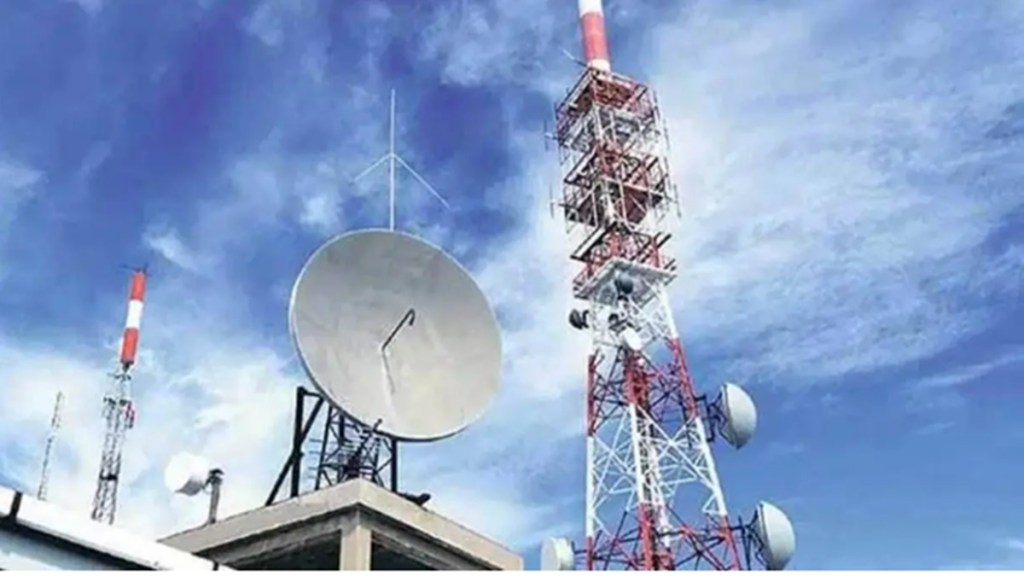Last year was a game-changing year for the telecom sector, setting new milestones on the way. Bold reforms announced in September 2021 have helped improve the sector’s viability. It perhaps set the stage for the successful completion of 5G spectrum auctions, fetching the exchequer over Rs .5 trillion. Operators displayed a significant appetite for 5G, with 90% of the total spectrum sold for 5G bands.
The draft Indian Telecommunication Bill 2022 is a step in the right direction. It draws several positives, including the government’s power to defer/waive off operator dues and graded penalty structure to minimise operator financial burden. A more simplified process that eliminates the need for prior approval will help remove operational bottlenecks. Further, rebranding and repurposing the USO Fund as the Telecommunication Development Fund and including R&D/new technologies under its ambit is likely to lead to better utilisation. Once the Bill is finalised by mid-2023, it will pave the way for more game-changing reforms. However, broader business interest needs to be protected. Moreover, the ambit to cover new technology products/services may require a tailored approach.
Also read: Small services units in pain
The satellite segment has emerged as a hotbed of activity and innovation. Considering the strategic importance, the government has come up with a slew of reforms to enhance the ease of doing business and streamline clearances. It is likely to aid the speedy rollout of satcom services across the country. Simplified scrutiny, self-certification in place of the Mandatory Performance Verification Testing (MPVT) of satellite antennas, and online processing of applications will go a long way in minimising the time taken for approvals. Enhancing the scope of licences to include IoT is in line with global trends, with satellites playing a complementary role to terrestrial IoT services.
Ramping up the 5G rollout needs significant investment. Operators are expected to invest ~$10 billion in 2023-24. A headline tariff hike is imminent to help bolster the financial health of operators as capex will be elevated over the next two years. Mobile data prices are low in India, at $0.17 per GB, as compared to the global average of $3.12 per GB. A viable cost structure is necessary for innovation to thrive and capitalise on new 5G use cases. The current mobile tariff in India is not sustainable in the long term. We expect to see more frequent tariff hikes in 2023, which will bolster ARPU. India’s current ARPU of $1.8 is significantly lower than the global $7.3. ARPU needs to be doubled in the long term for the sector’s sustainability.
Also read: Chips’ failed rally makes them historically cheap
Operators have focused on offering enhanced mobile broadband as a key value proposition as they look to steadily increase 5G coverage. As has been the case globally, initial consumer 5G use cases in India focus on immersive content/gaming using a combination of AR/VR/MR. We expect to see more announcements from operators on this front in the later part of 2023. It is important to identify 5G use cases that have a wider impact on the lives of people in India. For instance, can we think of immersive education or 5G-enabled telemedicine?
5G Fixed Wireless Access (FWA) has the potential to offer a flexible and cost-effective solution to connect sparsely populated areas. The higher bandwidth through this would help to connect more devices and ease access to a gamut of services. Enterprise-focused 5G use cases are likely to pick up from 2024 onwards, with a more mature ecosystem in place and focus on 5G standalone characteristics. It remains to be seen how private 5G networks will pan out, given the uncertainty around the allocation of spectrum directly to enterprises.
Some things need to be sorted and worked on in order to turbocharge the telecom growth engine. To begin with, a simplified version of licences is required. Currently, all types of licences have the same general conditions and stiff compliances. It is important to streamline the different types of licences. We can even consider a different class of licence for operators who offer only B2B telecom services. Further clarity is required on the Adjusted Gross Revenue (AGR) definition for the bundling of services with connectivity, which would become a larger reality with 5G.
A phased plan of action needs to be formulated to improve liquidity, create more avenues of investment, and enhance long-term sustainability. Regulatory levies of the Indian telecoms sector are one of the highest in the world. Approximately 30% of the revenues of telecom operators is spent on taxes and levies. In most countries, the licence fee is negligible, or a one-time upfront payment is required. The current licence fee of 8% (including contribution to USOF) should be rationalised to ease operators’ financial burden. Further, the accumulation of GST credits of approximately Rs 32,000 crore has added to the working capital woes of the operators. Necessary measures should be taken for refunds of accumulated GST credits.
Substantial investment is required in setting up the underlying infrastructure. Subsidising fibre deployment through viability gap funding (e.g., USOF) can significantly help accelerate rollout. Bandwidth sharing can be mandated, and Category I Infrastructure Providers (IP-Is) should be permitted to bid. In addition, greater alignment is required between states’ and local bodies’ Right-of-Way (RoW) policies in line with the central RoW rules. A national dig-once policy can be formulated for fibre deployment across states and municipal roads, and national highways. This will help to bring down costs and reduce time-to-market.
Exciting times are ahead for the telecom sector in India. Prudent policy measures have set the ball rolling. All stakeholders should build on this solid foundation.
The writer is emerging markets TMT leader, EY

